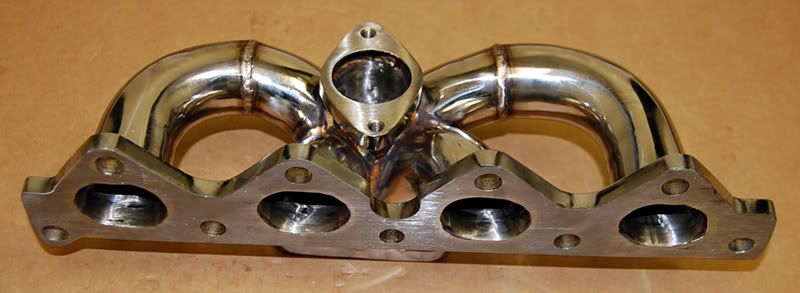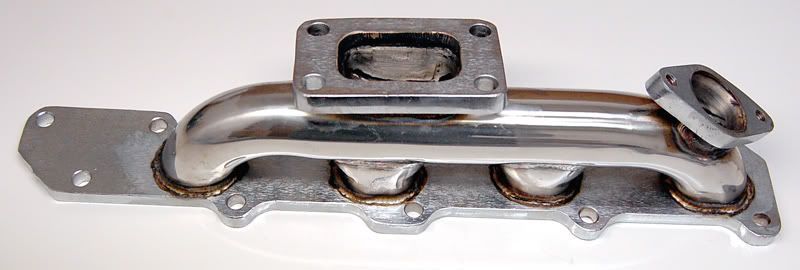

#TURBO LISTER 2 SHOPIFY MAC OS#
This option is the better one for many sellers since native Mac OS applications are generally faster, more stable, more simple and more user-friendly than the combination of a virtual PC, Windows operating system and Turbo Lister all running on a Mac.
#TURBO LISTER 2 SHOPIFY FOR MAC#
When you’re ready to export, here are the steps you need to take: Workaround 2: Use one of the generally excellent alternatives to Turbo Lister for Mac OS. It’s likely the entire export will fail if you have a single Multi-variation listing included in your export list. You’ll want to exclude these from the listings you select to export. Multi-variation listings have never been easy to import and export from TurboLister. to a multi-channel tool (eBay, Etsy, Amazon, Shopify) with lots of automation.


This will be a major issue if you’ve not named images with a file name schema to easily match them with listings. IMHO Turbo Lister 2 was light years ahead of Mister Lister, with a robust. If you saved your images as URLs then you’ll keep them in the export file, but images stored in the Turbolister database will be lost. Sadly you won’t be able to export pictures and multi-variations from ended listings that ended more than 90 days previously. Thankfully, eBay have made it easy to export most of your ended listings and there are two main formats to choose from – eBay File Exchange format and a CSV (comma-separated values) format which most third party tools will accept – albeit if they don’t have a specific eBay TurboLister import routine you may have to map values during the import process. It’s relatively simple to import listings already live on eBay into almost any listing tool of your choice, but what about ended listings? With the imminent demise of eBay TurboLister, it’s likely that if you still use the tool that you want to save your eBay listings in a format that you can reuse them with other tools in the future.


 0 kommentar(er)
0 kommentar(er)
